In an application of terahertz phonon engineering, terahertz phonons were generated, detected and manipulated through precise integration of atomically thin layers in van der Waals heterostructures.
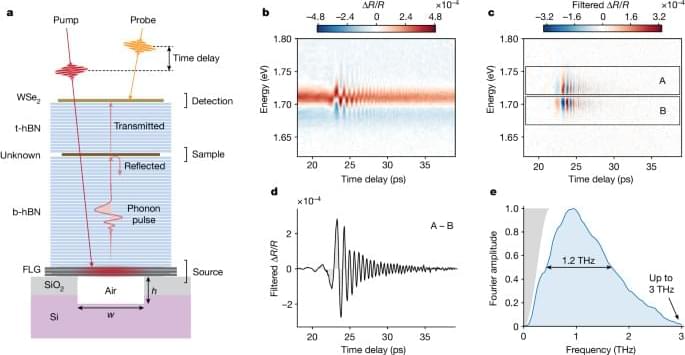

Eexxeccellent.
Human brains outperform computers in many forms of processing and are far more energy efficient. What if we could harness their power in a new form of biological computing?
In this Frontiers Forum Deep Dive session on 21 June 2023, Professor Thomas Hartung, Dr Lena Smirnova and other renowned researchers, explored the future of organoid intelligence and the scientific, technological and ethical steps required for realizing its full potential.
The session brought together the authors of the Frontiers in Science lead article ‘Organoid intelligence (OI): the new frontier in biocomputing and intelligence-in-a-dish’ which presents a roadmap for the strategic development of organoid intelligence as a scientific discipline. It was attended by hundreds of representatives from science, policy, and business across the world.
Links:

According to a new study of rivers and lakes in Wisconsin, natural foams from these bodies of water contain much higher concentrations of per-and polyfluoroalkyl substances (PFAS) than the water below them.
Thirty-six different kinds of PFAS compounds were analyzed in samples of both the foams and water surface microlayers of 43 Wisconsin rivers and lakes. The study, which is published in Environmental Science & Technology, also revealed that foams, generally off-white and found along shorelines, are not necessarily an indicator of elevated contamination levels in the entire water body.
“We studied many different lakes and found PFAS in all of them. The PFAS concentrations were high in the foams even if the concentrations in the water were relatively low,” said Christy Remucal, a professor with the University of Wisconsin–Madison Department of Civil and Environmental Engineering and interim director of the University of Wisconsin Aquatic Sciences Center.
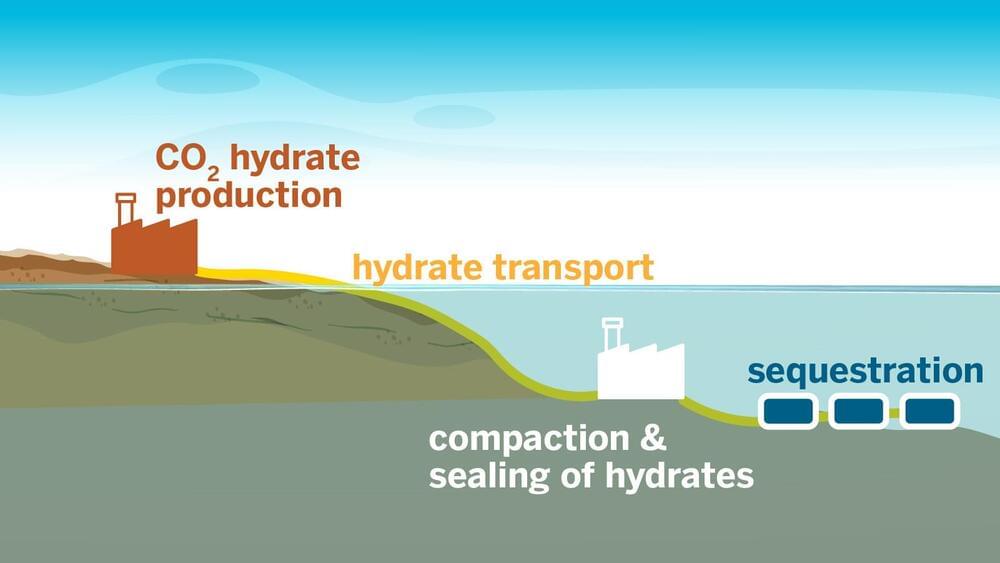
A new way to store carbon captured from the atmosphere, developed by researchers at The University of Texas at Austin, works much faster than current methods without the harmful chemical accelerants they require.
In new research published in ACS Sustainable Chemistry & Engineering, the team developed a technique for ultrafast formation of carbon dioxide hydrates. These unique ice-like materials can bury carbon dioxide in the ocean, preventing it from being released into the atmosphere.
“We’re staring at a huge challenge—finding a way to safely remove gigatons of carbon from our atmosphere—and hydrates offer a universal solution for carbon storage. For them to be a major piece of the carbon storage pie, we need the technology to grow them rapidly and at scale,” said Vaibhav Bahadur, a professor in the Walker Department of Mechanical Engineering who led the research. “We’ve shown that we can quickly grow hydrates without using any chemicals that offset the environmental benefits of carbon capture.”

Researchers have created tiny, vehiclelike structures which can be maneuvered by microscopic algae. The algae are caught in baskets attached to the micromachines, which have been carefully designed to allow them enough room to continue swimming. Two types of vehicles were created: the “rotator,” which spins like a wheel, and the “scooter,” which was intended to move in a forward direction but in tests moved more surprisingly. The team is planning to try different and more complex designs for their next vehicles. In the future, these mini algae teams could be applied to assist with micro-level environmental engineering and research.
You’ve likely heard of horsepower, but how about algae power? Like a sled drawn by a team of dogs or a plough pulled by oxen, researchers have created microscopic machines which can be moved by lively, tiny, single-celled green algae.
“We were inspired to try and harness Chlamydomonas reinhardtii, a very common algae found all over the world, after being impressed by its swift and unrestricted swimming capabilities,” said Naoto Shimizu, a student from the Graduate School of Information Science and Technology at the University of Tokyo (at the time of the study), who initiated the project. “We’ve now shown that these algae can be trapped without impairing their mobility, offering a new option for propelling micromachines which could be used for engineering or research purposes.”
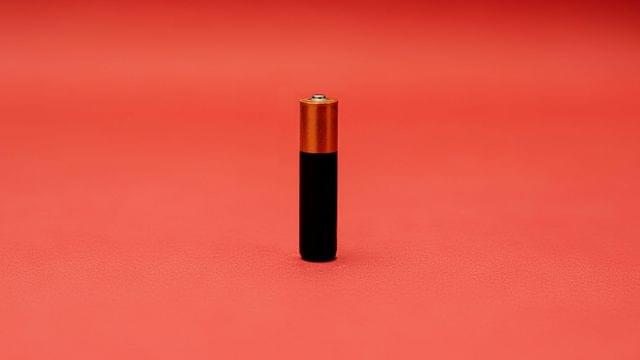
UChicago Pritzker Molecular Engineering Prof. Y. Shirley Meng’s Laboratory for Energy Storage and Conversion has created the world’s first anode-free sodium solid-state battery.
With this research, the LESC – a collaboration between the UChicago Pritzker School of Molecular Engineering and the University of California San Diego’s Aiiso Yufeng Li Family Department of Chemical and Nano Engineering – has brought the reality of inexpensive, fast-charging, high-capacity batteries for electric vehicles and grid storage closer than ever.
“Although there have been previous sodium, solid-state, and anode-free batteries, no one has been able to successfully combine these three ideas until now,” said UC San Diego PhD candidate Grayson Deysher, first author of a new paper outlining the team’s work.
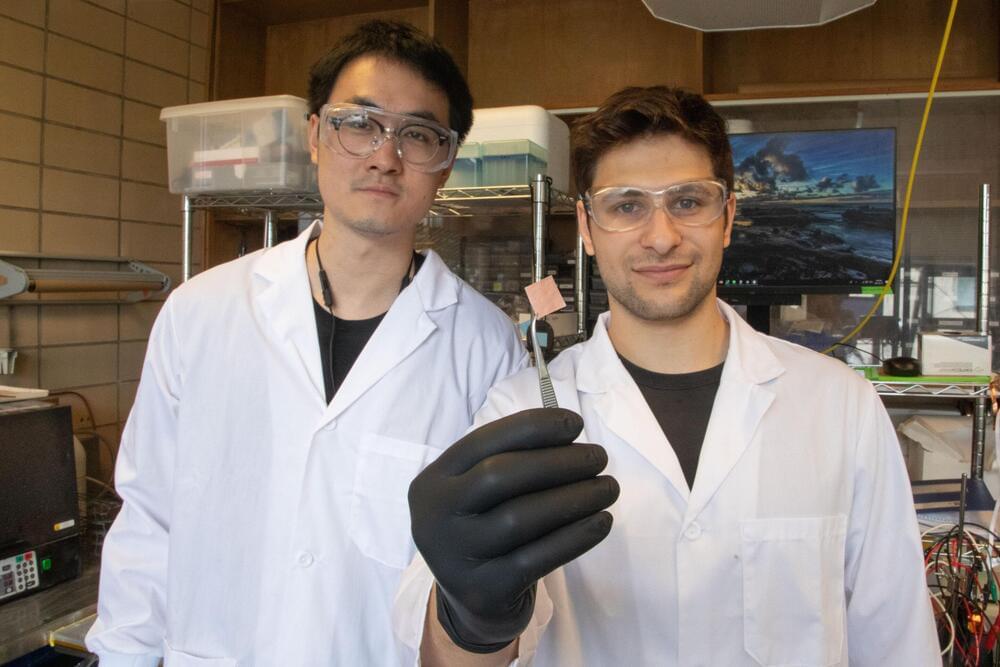
A newly designed catalyst created by University of Toronto Engineering researchers efficiently converts captured carbon into valuable products—even in the presence of a contaminant that degrades the performance of current versions.
The discovery is an important step toward more economically favorable techniques for carbon capture and storage that could be added on to existing industrial processes.
“Today, we have more and better options for low-carbon electricity generation than ever before,” says Professor David Sinton, senior author on a paper published in Nature Energy that describes the new catalyst.

WASHINGTON — The National Aeronautics and Space Administration (NASA) has announced that the agency is seeking assistance from industry as it begins a study into its Geostationary Littoral Imaging and Monitoring Radiometer (GLIMR) Access to Space (ATS) approach.
The GLIMR mission aims to provide transformative rapid observations of dynamic coastal zone ecosystems throughout the Gulf of Mexico (GoM) and coastal continental U.S. (CONUS). Its goal is to observe and monitor ocean biology, chemistry, and ecology to help protect ecosystem sustainability, improve resource management, and enhance economic activity. This includes identifying and tracking harmful algal blooms and oil spills, while also observing, quantifying, and understanding processes associated with rapid changes in phytoplankton growth.
The GLIMR ATS scope is expected to include several key components and activities: the spacecraft itself, the launch vehicle, the integration and testing of the GLIMR payload with the spacecraft, and the integration of the spacecraft with the launch vehicle and subsequent launch. It will also cover the command uplink from the industry-provided Mission Operations Center (MOC), the downlink of GLIMR engineering and science telemetry to industry-allocated ground stations, and the delivery of error-checked GLIMR data to various mission partners. Additionally, it encompasses all related tasks and support required during the planned GLIMR Mission, such as pre-launch planning, launch support, in-orbit check-out, and operations.
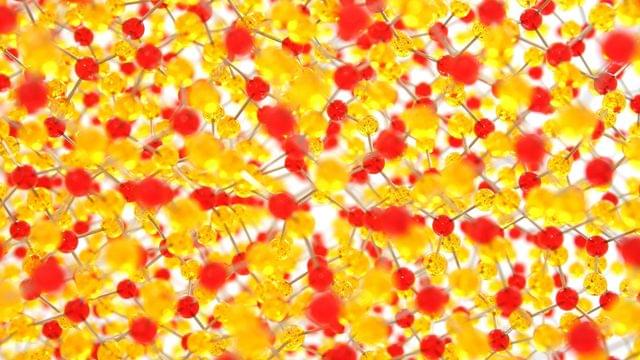
A new microscopy method has allowed researchers to detect tiny changes in the atomic-level architecture of crystalline materials like advanced steels for ship hulls and custom silicon for electronics. It could advance our ability to understand the fundamental origins of materials properties and behaviour.
In a paper published today in Nature Materials, researchers from the University of Sydney’s School of Aerospace, Mechanical and Mechatronic Engineering introduced a new way to decode the atomic relationships within materials.
The breakthrough could assist in the development of stronger and lighter alloys for the aerospace industry, new generation semiconductors for electronics, and improved magnets for electric motors. It could also enable the creation of sustainable, efficient and cost-effective products.
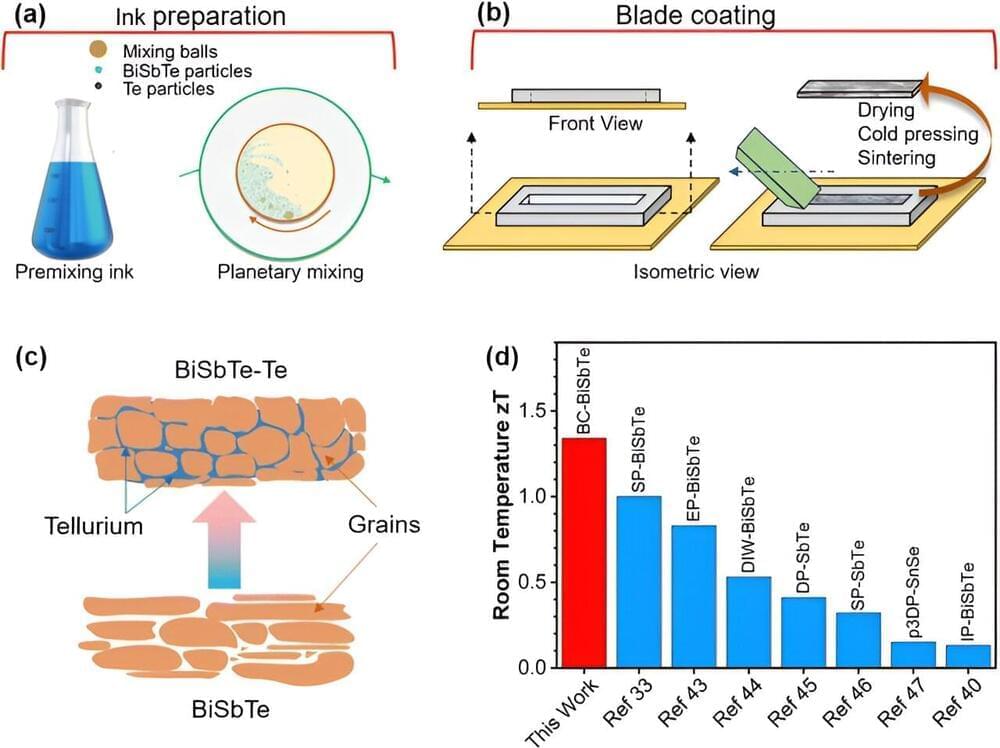
Power plants, factories, car engines—everything that consumes energy produces heat, much of which is wasted. Thermoelectric devices could capture this wasted heat and convert it into electricity, but their production has been prohibitively costly and complex.
Yanliang Zhang, the Advanced Materials and Manufacturing Collegiate Professor of Aerospace and Mechanical Engineering at the University of Notre Dame, and colleagues from a multi-institutional team have devised an ink-based manufacturing method making feasible the large-scale and cost-effective manufacturing of highly efficient thermoelectric devices.
Their finding were recently published in Energy & Environmental Science.